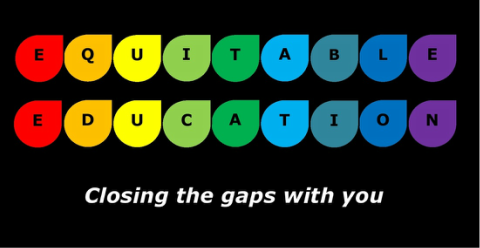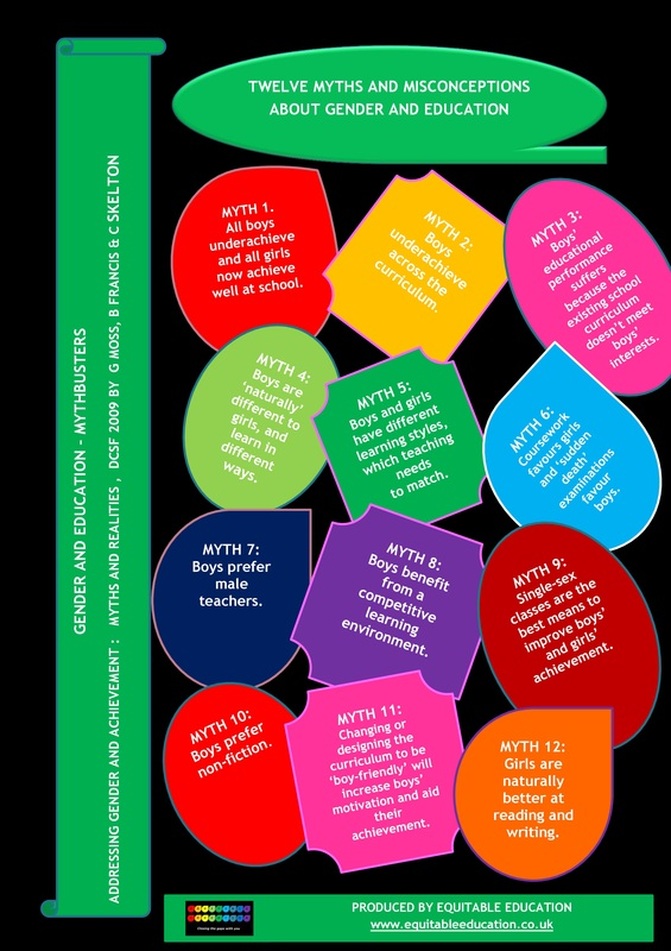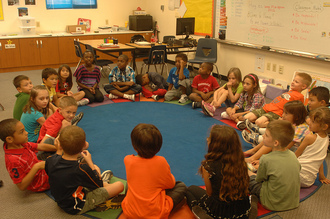This issue regularly preoccupies the minds of many politicians and parts of the media, and from time to time it gives way to a moral panic. However, in terms of inequalities in education it is worth remembering that class has over five times the effect and ethnicity has twice the effect compared to gender. [i] That is not to say that that the effect of gender is not still significant but it should be considered within this context. The actual issues affecting inequalities in education can be quite complex and to gain a better understanding of these issues it is important to look at how class, ethnicity and gender come together to interplay on educational outcomes. It is recommended that senior leadership teams and staff in school look holistically at the needs of their particular pupils and groups of pupils who are currently underachieving before developing strategies to address these needs. It is also worth remembering that there are more variations within the overaching groups of ethnic minority and pupils eligible for free school meals, as there are between them too, largely because groups are not homogeneous and have a wide variety of needs.
This fascination with the ‘gender effect’ has resulted in many myths and misconceptions being perpetuated. For colleagues interested in addressing gender inequalities Equitable Education has produced the following Infographic exploding 12 myths and misconceptions commonly associated with gender. The Infographic has been based on the publication called ‘Education and Gender – Mythbusters. Addressing Gender and Achievement: Myths and Realities’ produced by the DCSF in 2009 and written by Gemma Moss, Becky Francis and Christine Skelton.
[i] Gillborn D & Mirza H (2000), ‘Educational Inequality: Mapping Race, Gender and Class. A Synthesis of Research’. Ofsted London
The realities to these myths are outlined below:
We shall be coming back to this topic in future postings, so do visit our blog regularly to keep updated. In the meantime, should you require specialist advice and support in addressing educational inequalities in.your school, please do contact us at Equitable Education by e-mailing us on [email protected]k
If you would like a PDF version of our Infographic to use in your school, please get in touch with us by using the e-mail above. We look forward to hearing from you.




 RSS Feed
RSS Feed
